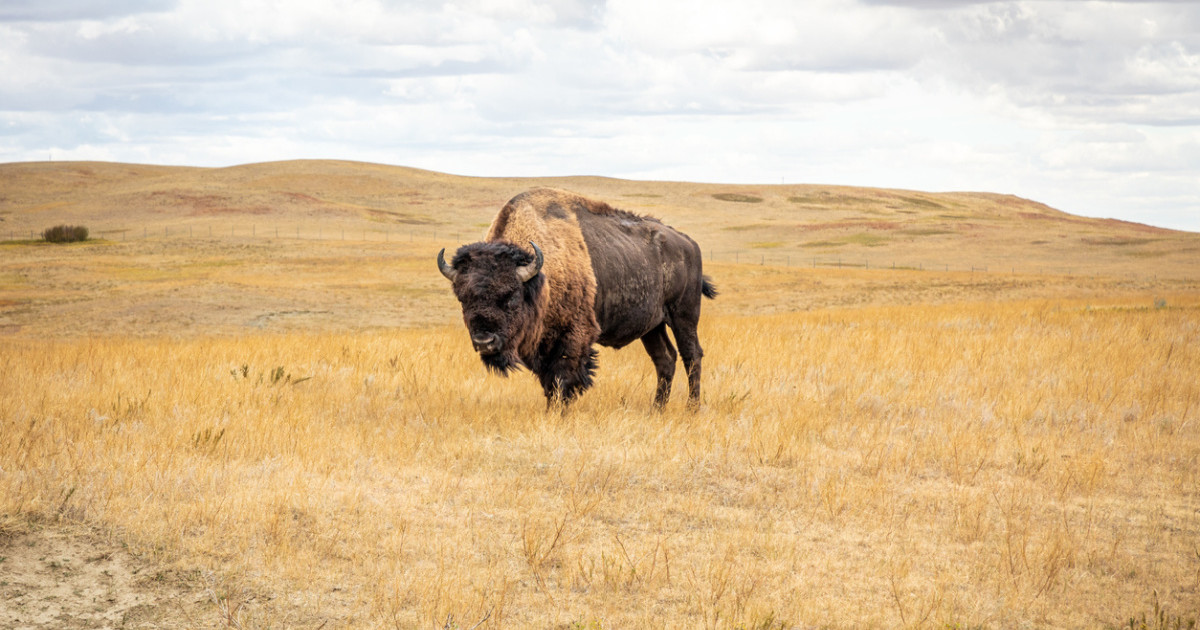Bison: The Iconic Symbol of North America
The American Bison, also known as the American buffalo, is an iconic species that once roamed across North America in vast numbers. This majestic animal has played a significant role in the history, culture, and ecology of the region for thousands of years. In this article, we will explore the natural history, conservation status, and cultural significance of the bison.
Natural History
Bison are the largest land mammal in North America, with bulls weighing up to 2,000 pounds (907 kg) and standing 6 feet (1.8 meters) tall at the shoulder. Their shaggy coats are brown in color, with a thick mane of hair around their necks. Bison are herbivores and primarily graze on grasses and other vegetation.
Bison were once found across the continent, from Alaska to Mexico and from the Appalachian Mountains to the Rocky Mountains. Estimates suggest that there were once between 30 and 60 million bison in North America, but their numbers were decimated by overhunting, disease, and habitat loss.
Conservation Status
At their lowest point, there were only a few hundred bison left in the wild. Thanks to conservation efforts, their numbers have rebounded, and there are now around 500,000 bison in North America. However, the species is still considered to be of conservation concern.
The American Bison is listed as Near Threatened by the International Union for Conservation of Nature (IUCN). The primary threats facing the species include habitat loss, disease, and the risk of hybridization with domestic cattle. Bison are also subject to overhunting, particularly on private lands, where they are often seen as a nuisance or threat to agricultural interests.
Cultural Significance
The American Bison has played a significant role in the culture and history of North America. For indigenous people, the bison has been a symbol of strength, endurance, and survival. Bison were hunted for their meat, hides, and bones, which were used for food, clothing, tools, and shelter.
In the 19th century, the bison became a target of commercial hunting, as European settlers sought to exploit the vast herds for their valuable hides and meat. This led to the near-extinction of the species and the loss of an important cultural icon.
Today, the bison remains an important cultural symbol and is considered a keystone species in many ecosystems. The species is also an important source of income for many Native American communities, who have established bison herds as a means of cultural preservation and economic development.
Conclusion
The American Bison is an iconic species that has played a significant role in the history, culture, and ecology of North America. While the species has rebounded from the brink of extinction, it is still threatened by habitat loss, disease, and overhunting. Ongoing conservation efforts are needed to protect the bison and ensure its survival for future generations. As a symbol of strength, endurance, and survival, the bison remains an important cultural icon and a keystone species in many ecosystems.


Comments
Post a Comment